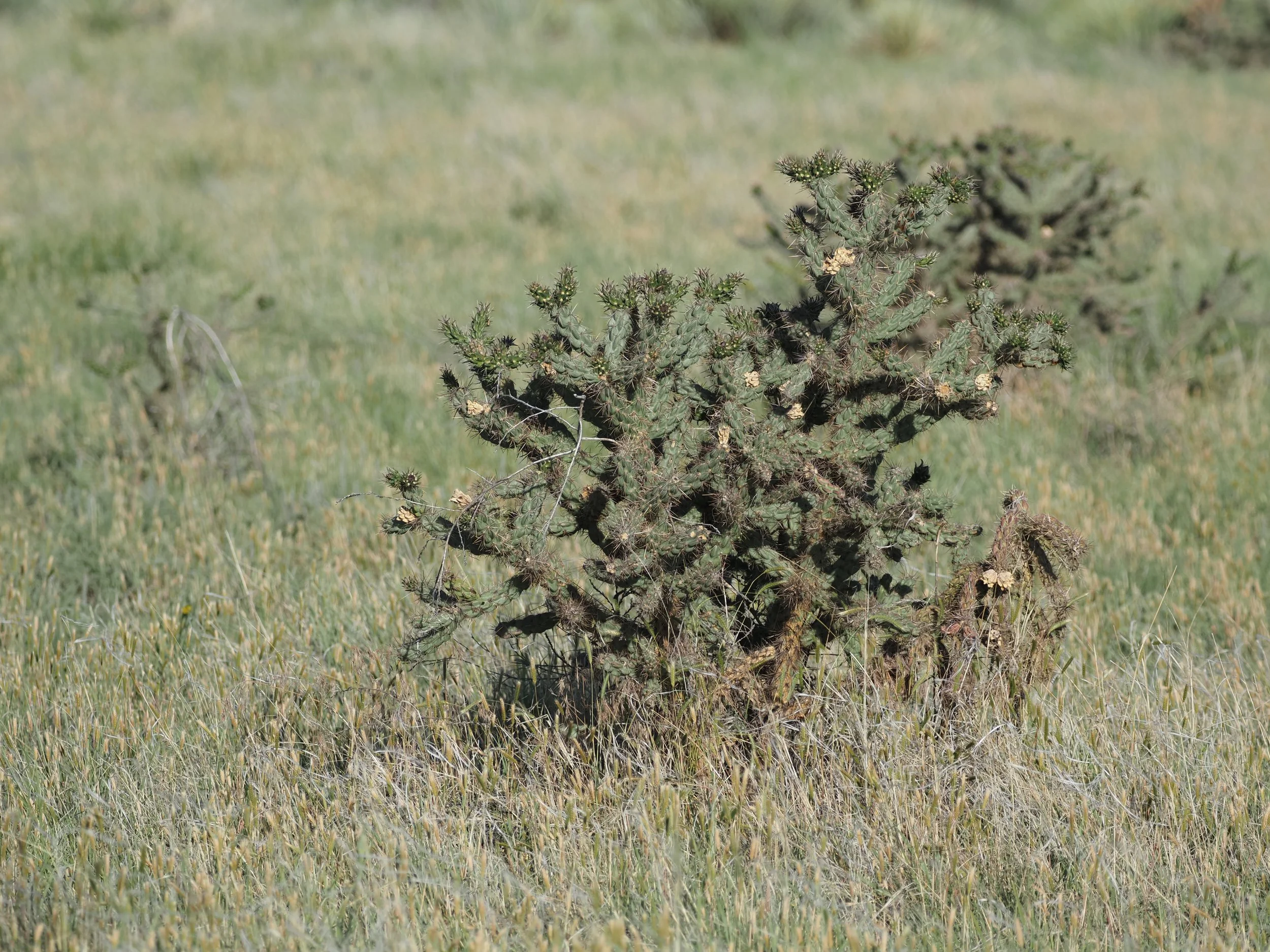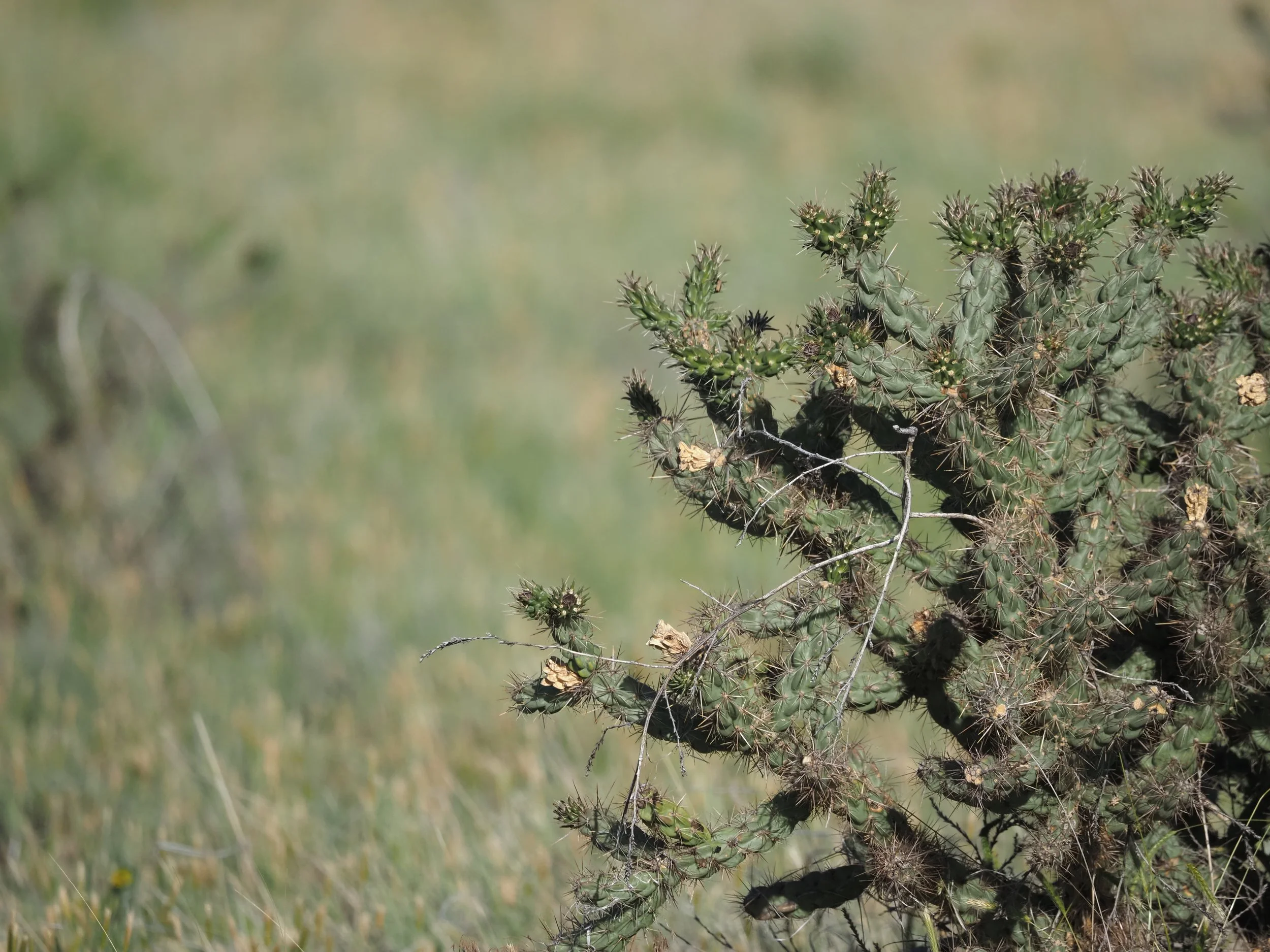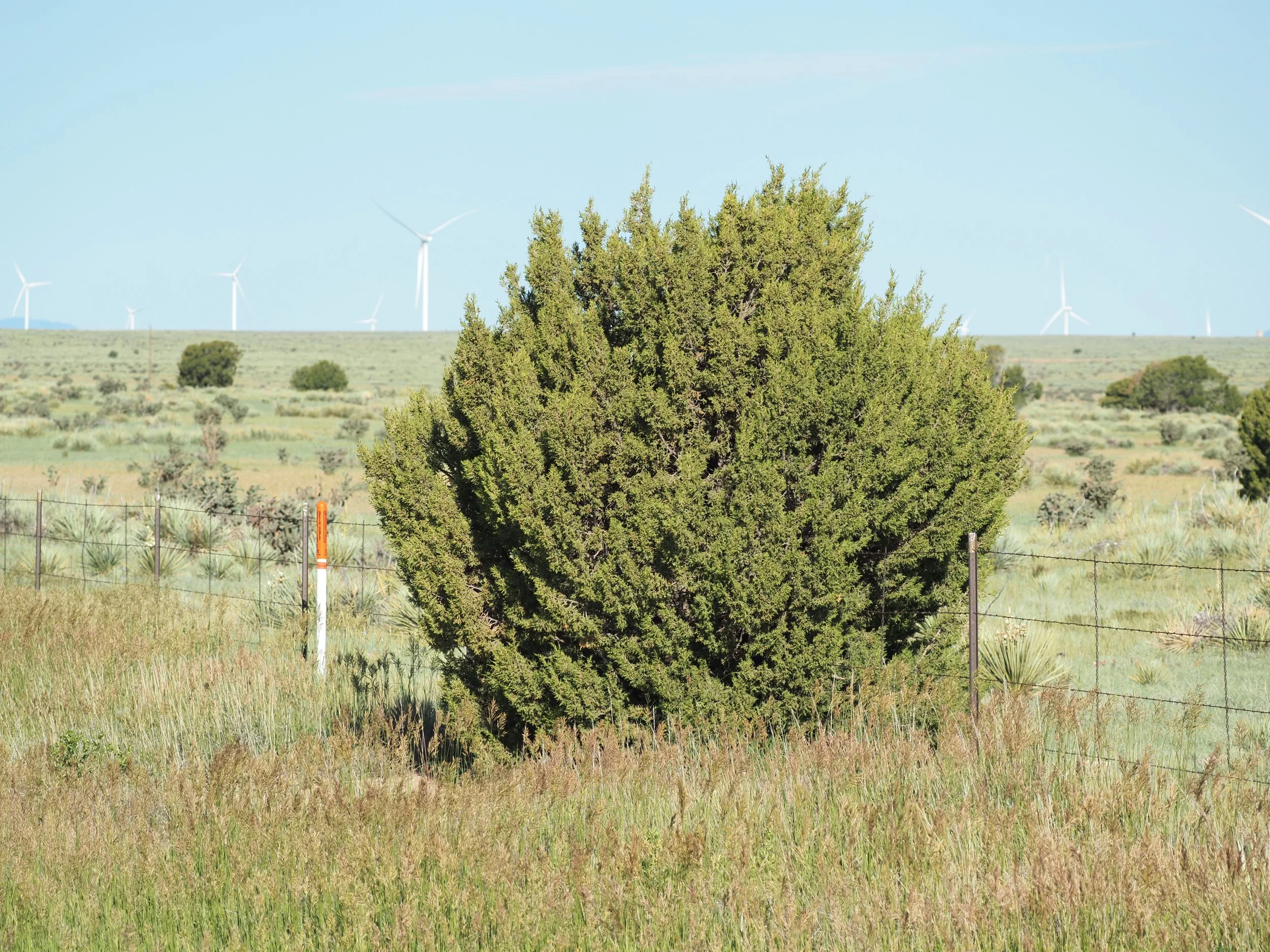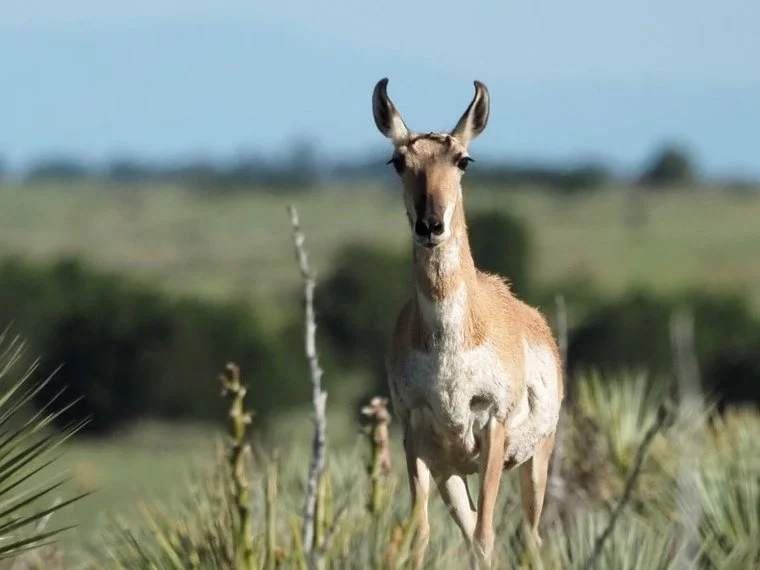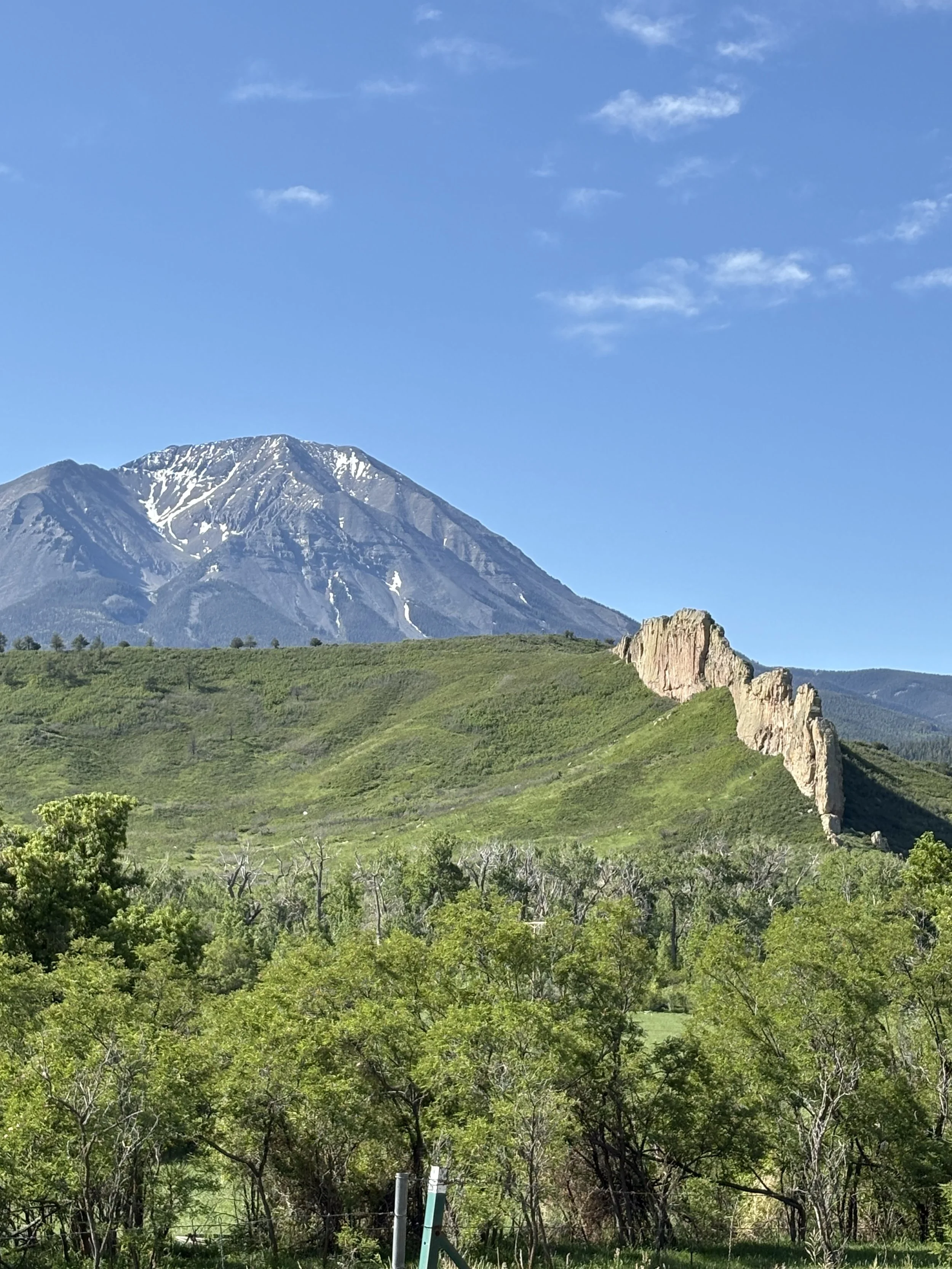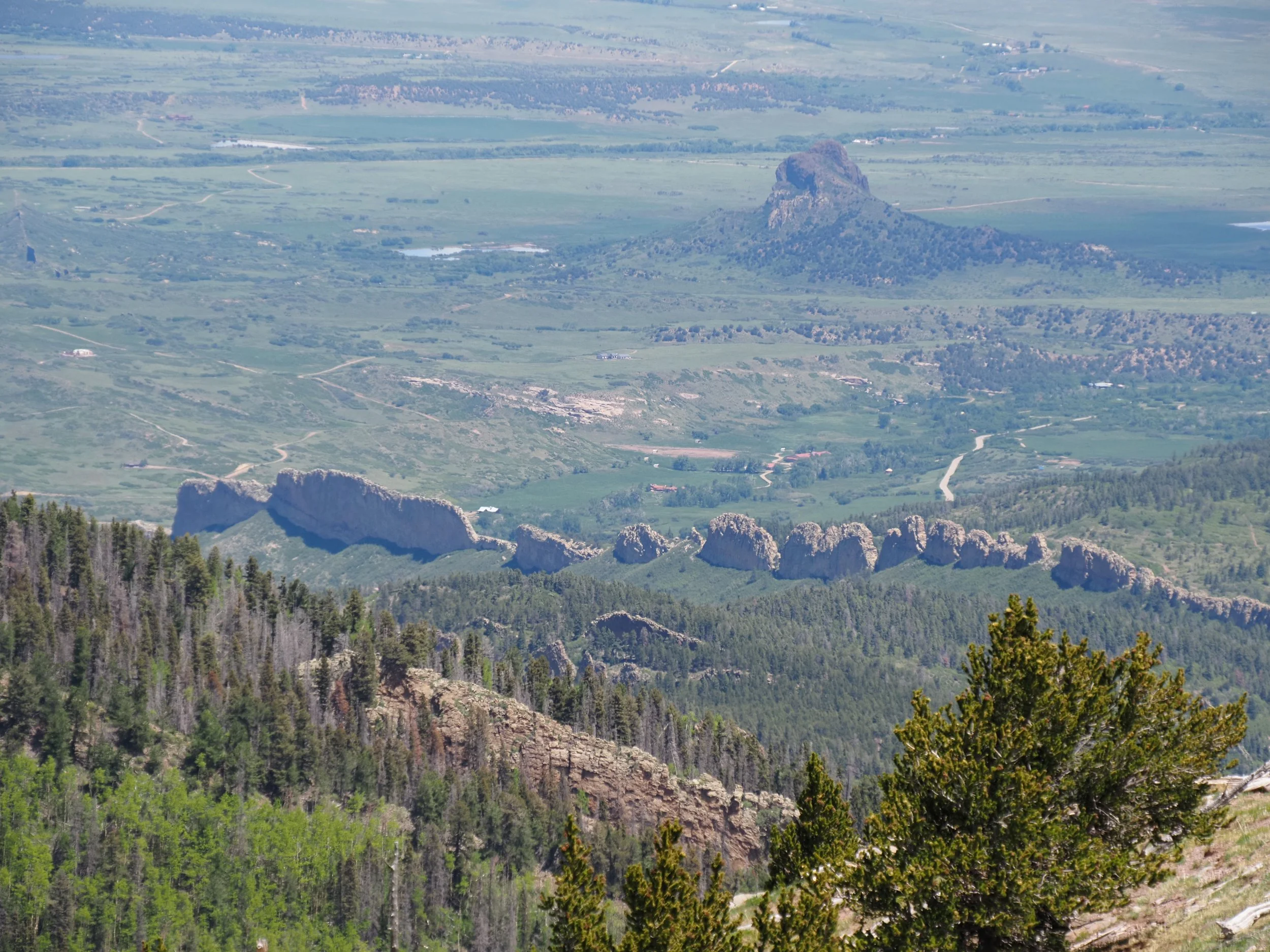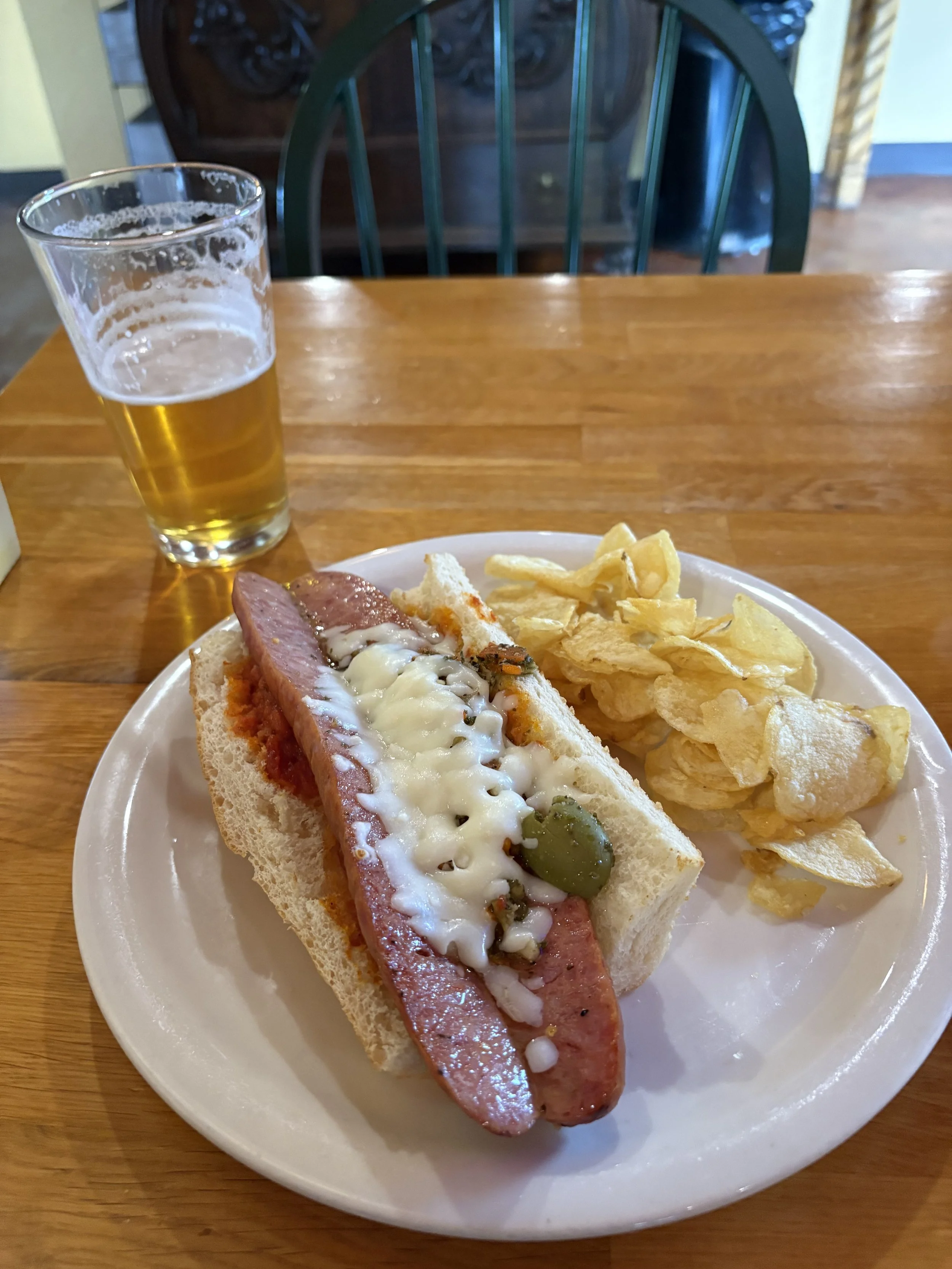A Beautiful Day
Wow, what a great day. Nothing in particular – just felt good all day. I think not working may finally be setting in.
Left La Junta early hoping to beat the heat. Took a really nicely maintained but little used state highway 10 from La Junta to Walsenburg. My only complaint would be the nearly nonexistent shoulders (photo below). Topography gradually changed from agricultural, to scrubby sagebrush, to sparse cacti, to mixed cacti, pointy agave(?), and small pinion trees. Addition of the trees corresponded to the rise in elevation.
The highlight of that stretch of road was the first siting of an undomesticated mammal larger than a gopher in several days. Spotted a few antelope and was able to squeeze the bike off the road far enough to take some photos.
Leaving Walsenburg, the intent was to head straight to Great Sand Dunes NP but the view of the Spanish Peaks was intriguing and a detour was in order. Highway 12 is a scenic byway that takes you up into the Spanish Peaks area and really is a scenic ride. There was a bit of sand on the road however so use caution if you are on a motorcycle. Highway 12 summits at Cuchara Pass at an elevation of 9,995 feet. The highway continues on from the pass to Trinidad, CO but I opted to head off of the paved road to a higher pass (Cordova Pass at 11,248 ft). The road is passable with a road bike but I wouldn’t take anything bigger than mine. From the pass I took an “easy” one-mile round trip hike out to a scenic overlook. Coming from sea level, not much is easy at that elevation. Photo gallery below.s.



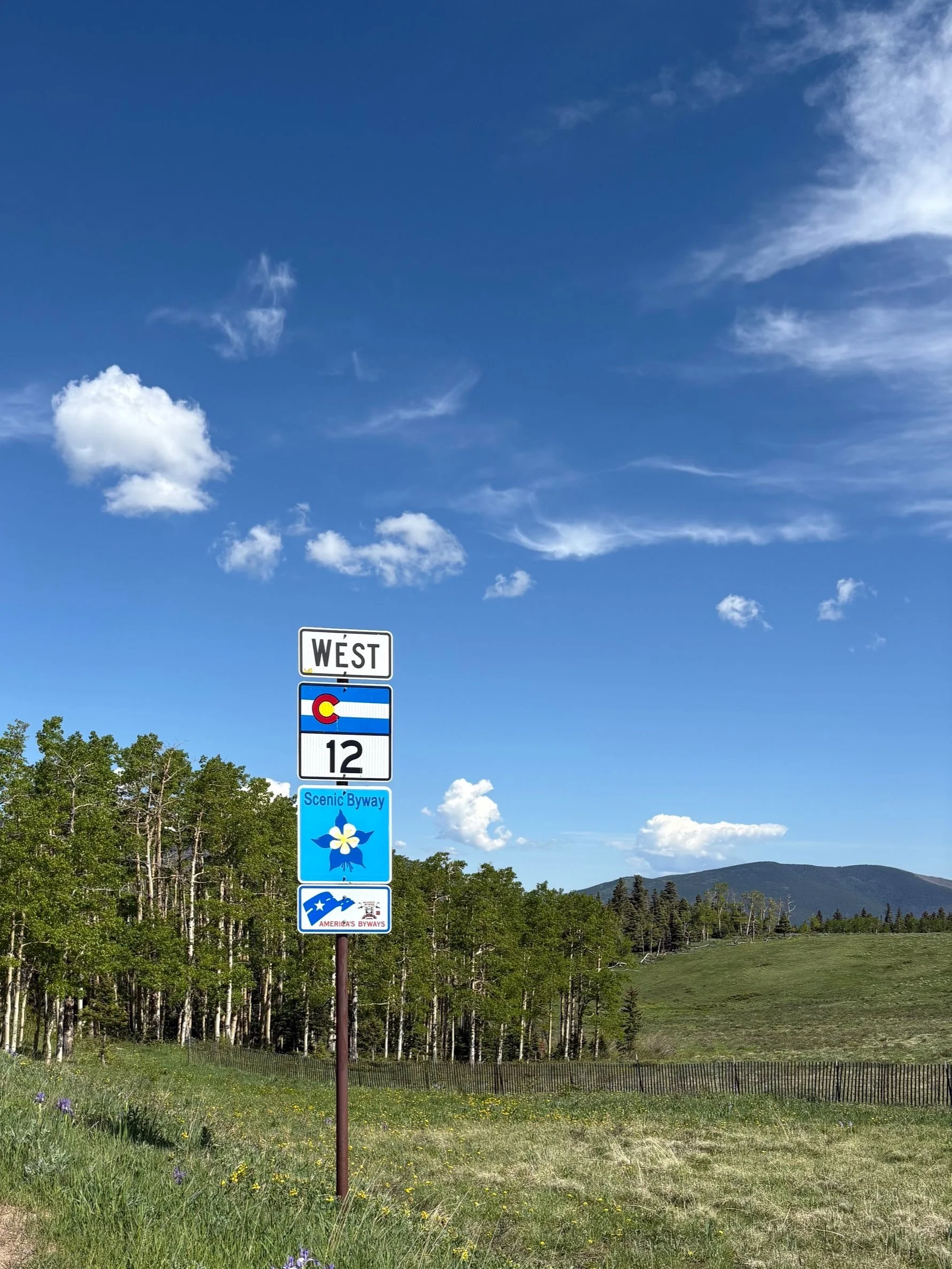



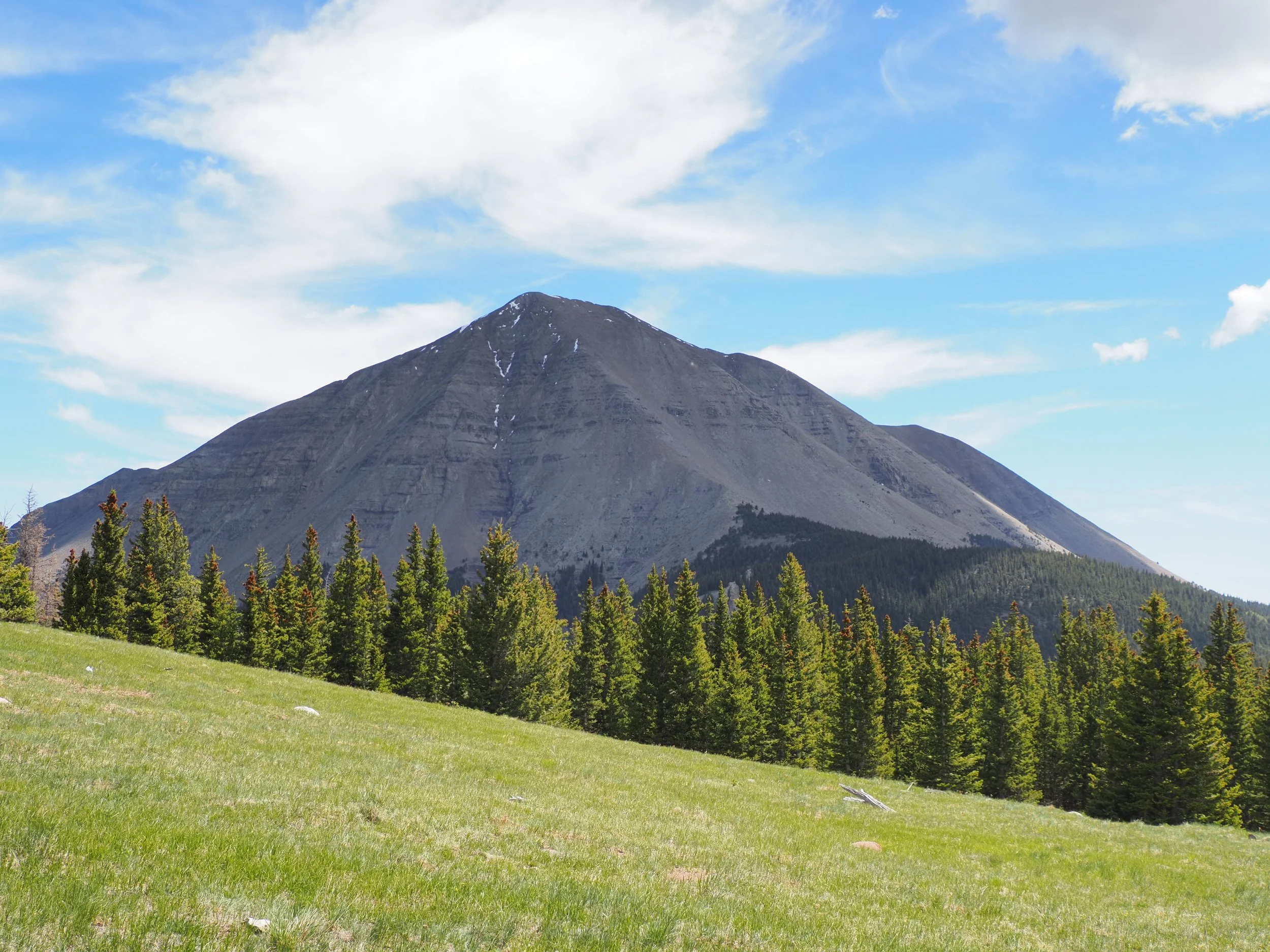


The Spanish Peaks are not only scenic but interesting from a geologic standpoint. From a distance they look suspiciously volcanic in origin with what appear to be radial dikes coming off of them. And that would be half correct. Two plutons formed at depth at some point and during subsequent deformation these rigid bodies were pushed up into the overlying sedimentary rocks. The stiffness contrast led to the development of radial fractures in the sedimentary rocks were subsequently filled with magma forming the radials dikes. The softer sedimentary rock is preferentially eroding leaving some impressive vertical dikes.
As I continued on to the Great Sand Dunes NP I stopped for an absurdly overpriced sausage and beer. Worst part was the beer was half gone already!
I finally arrived at the Great Sand Dunes National Park just in time for a bit of a thunderstorm scare. But good fortunate was with me however and the rain never really materialized. Better yet, the breeze cooled the air temperature down and drove the mosquitos away.
And, yes, I did spot a few birds today. All the usual suspects with the exception of a Mountain Bluebird and a Common Nighthawk.
